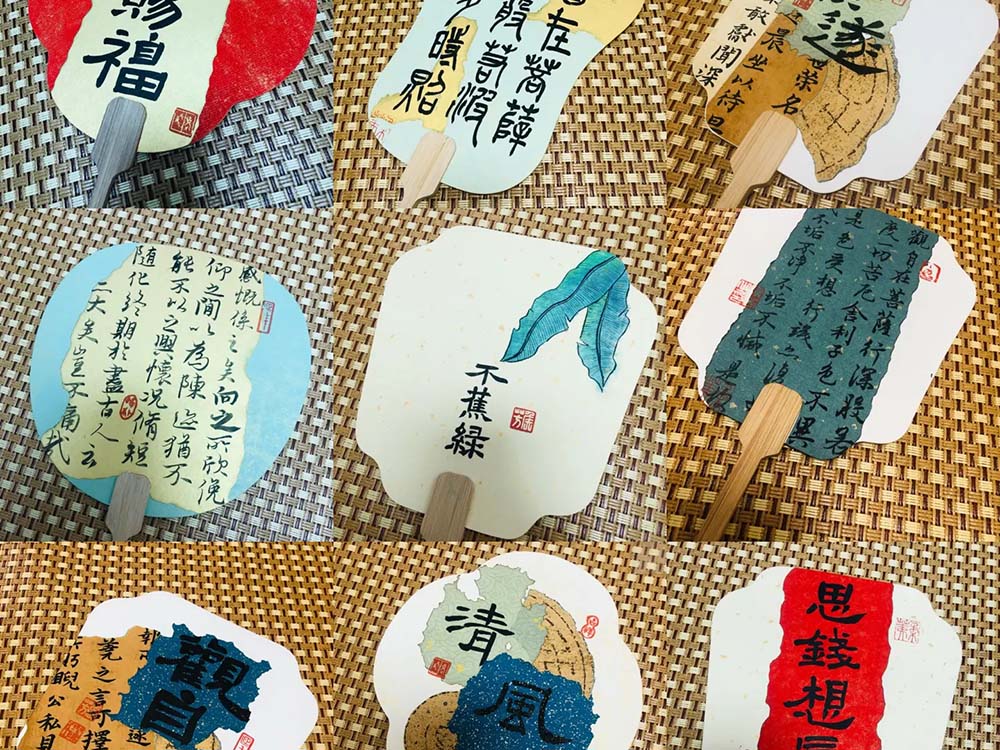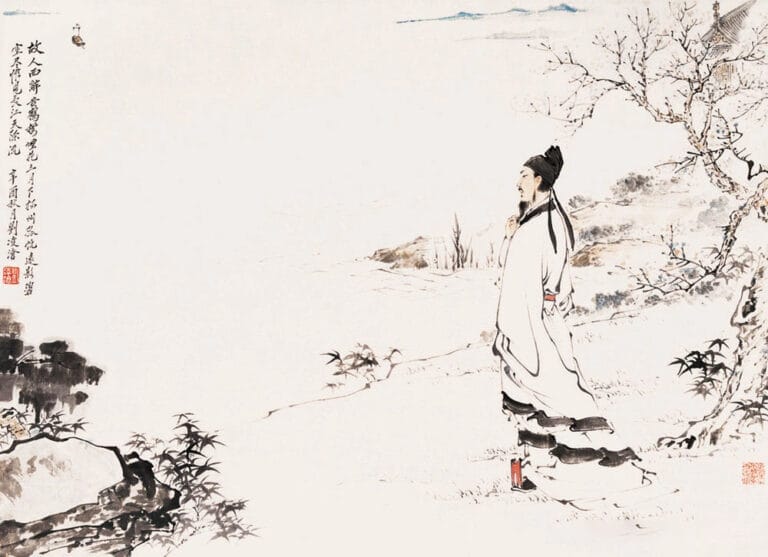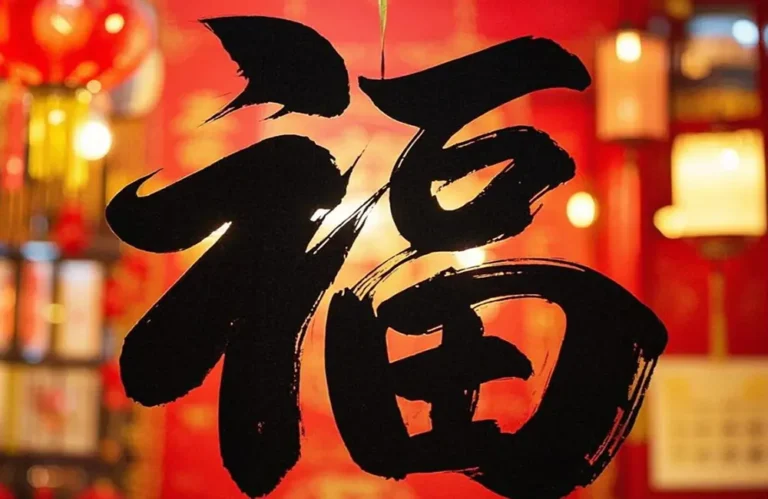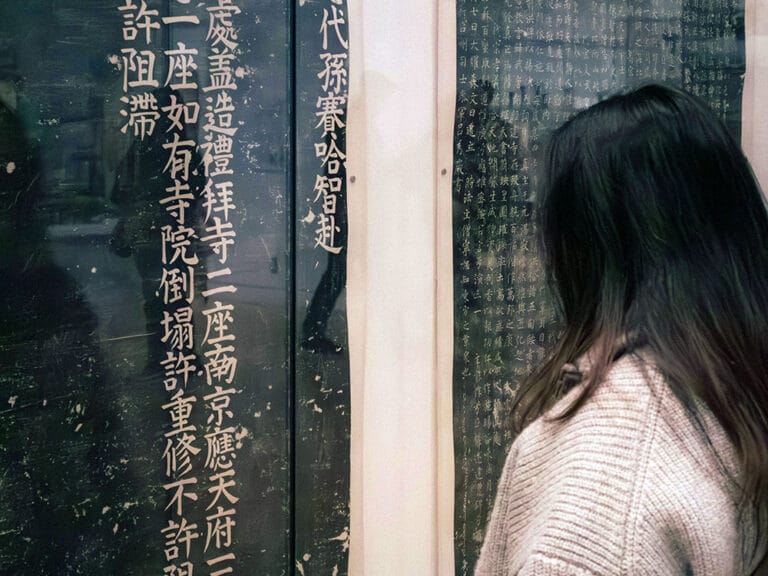Written with love, shared with joy.
The Jinhuidui Fan Paintings: a Harmony of Art & Chinese Calligraphy

Fan paintings have long been a profound reflection of Chinese art, offering a unique lens into the culture, philosophy, and history of their time. Among these treasures is the subtle and captivating art of 锦灰堆扇面 (Jinhuishi fan paintings). These fan-shaped masterpieces blend trompe-l’œil techniques with the elegance of Chinese calligraphy, creating intricate compositions rich in symbolism and meaning.
In this post, we’ll explore the fascinating world of Jinhuishi fan paintings and their intimate relationship with Chinese calligraphy, tracing their origins, cultural importance, and enduring charm.
A Glimpse into Jinhuishi Fan Paintings
The name “锦灰堆” translates poetically to “Embroidered Ash Heap,” an evocative description that captures the essence of this art form. A Jinhuishi painting arranges objects—such as calligraphy scrolls, seals, flowers, books, and artifacts—on the surface of a fan in a way that suggests a casual scatter, though the composition is anything but random.
What makes these fan paintings extraordinary is their trompe-l’œil technique, a style that uses meticulous brushwork and shading to create the illusion of three-dimensional objects resting on a flat surface. Paired with exquisite Chinese calligraphy, Jinhuishi fan paintings transform everyday objects into vessels of artistic and cultural significance.
The Role of Chinese Calligraphy
In the world of Jinhuishi fan paintings, Chinese calligraphy is not merely a decorative element; it is an integral part of the composition. The graceful, flowing strokes of calligraphy anchor the artwork, offering viewers both aesthetic pleasure and intellectual engagement.
Calligraphy often appears as scrolls or fragments of text in the painting, mimicking the effect of a casually placed manuscript. The text might include poetry, proverbs, or even personal inscriptions from the artist, creating a dialogue between image and word. These inscriptions often reflect themes of nature, transience, or scholarly pursuits, adding layers of meaning to the artwork.
Moreover, the interplay between calligraphy and the other painted elements enhances the trompe-l’œil effect. The curves and folds of a painted scroll, combined with the texture of ink on paper, make it appear almost tangible, as though it could be picked up directly from the fan’s surface.
The Artistry of the Fan Surface
The fan surface, traditionally made of paper or silk, presents a unique challenge to artists. Its curved shape requires careful planning and skill to create balanced compositions that are both visually harmonious and structurally sound.
In Jinhuishi fan paintings, the juxtaposition of calligraphy and imagery often mirrors the duality of form and function. The fan itself is a practical tool, but in the hands of a skilled artist, it becomes a canvas for storytelling and cultural expression.
Cultural Significance and Symbolism
Jinhuishi fan paintings are deeply rooted in Chinese culture, drawing on themes that resonate with the literati class of the Ming and Qing dynasties. These fans were more than aesthetic objects; they were status symbols, expressions of intellect, and carriers of philosophical thought.
The objects depicted in Jinhuishi fan paintings often carry symbolic meanings. For instance, a painted scroll might signify scholarly pursuits, while flowers might represent beauty and the impermanence of life. When paired with Chinese calligraphy, these symbols gain additional depth, creating a multi-layered narrative that invites viewers to reflect on both the tangible and intangible aspects of existence.
Jinhuishi in the Hands of Scholars and Artists
During the Ming and Qing dynasties, Jinhuishi fan paintings were particularly popular among scholars, who valued them as tools for self-expression and cultural exchange. These fans often served as gifts, their intricate designs and inscriptions reflecting the giver’s taste and thoughtfulness.
The incorporation of Chinese calligraphy elevated these fans to the realm of intellectual art. For scholars, calligraphy was not just a skill but a discipline, a way to cultivate one’s character and connect with the traditions of the past. By blending calligraphy with Jinhuishi’s trompe-l’œil artistry, artists created works that were both visually stunning and deeply reflective of scholarly ideals.
Modern Resonance
Today, Jinhuishi fan paintings continue to captivate audiences with their intricate beauty and timeless appeal. The combination of trompe-l’œil artistry and Chinese calligraphy serves as a bridge between the past and the present, inviting modern viewers to explore the cultural and philosophical depths of this traditional art form.
Contemporary artists have also embraced Jinhuishi, finding new ways to reinterpret its techniques and themes. Some incorporate modern materials or digital tools, while others stay true to traditional methods, preserving the legacy of this exquisite art form for future generations.
Conclusion
Jinhuishi fan paintings represent the harmonious blend of art and intellect, where trompe-l’œil techniques meet the elegance of Chinese calligraphy. They are more than just decorative objects; they are cultural artifacts that tell stories, convey values, and celebrate the beauty of everyday life.
Whether admired for their technical mastery, their symbolic richness, or their poetic charm, Jinhuishi fan paintings offer a glimpse into a world where art and life intertwine. As you hold such a fan in your hands, you don’t just experience its visual splendor—you step into a tradition that has spanned centuries, connecting the whispers of the past with the present moment.




